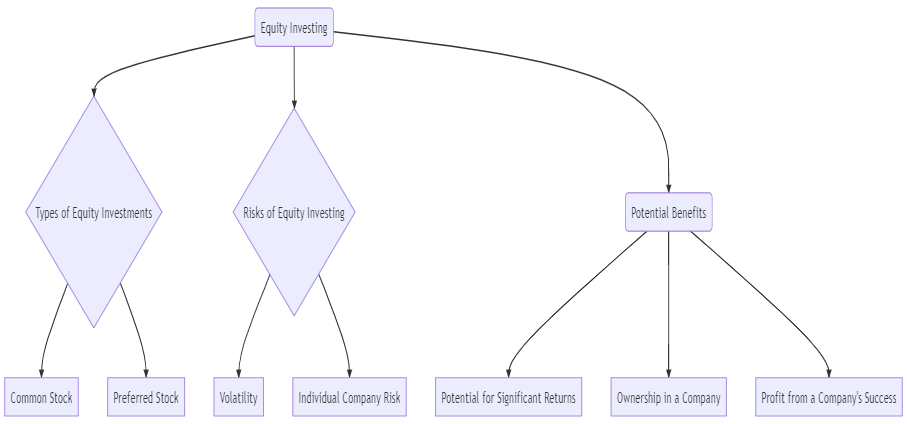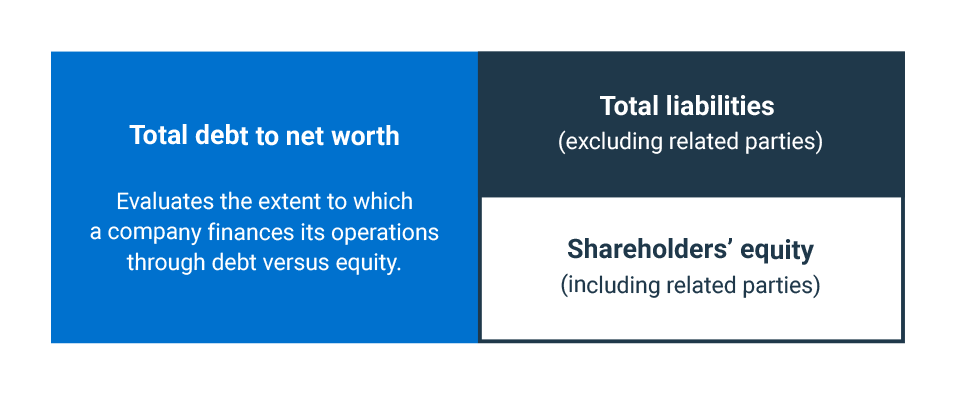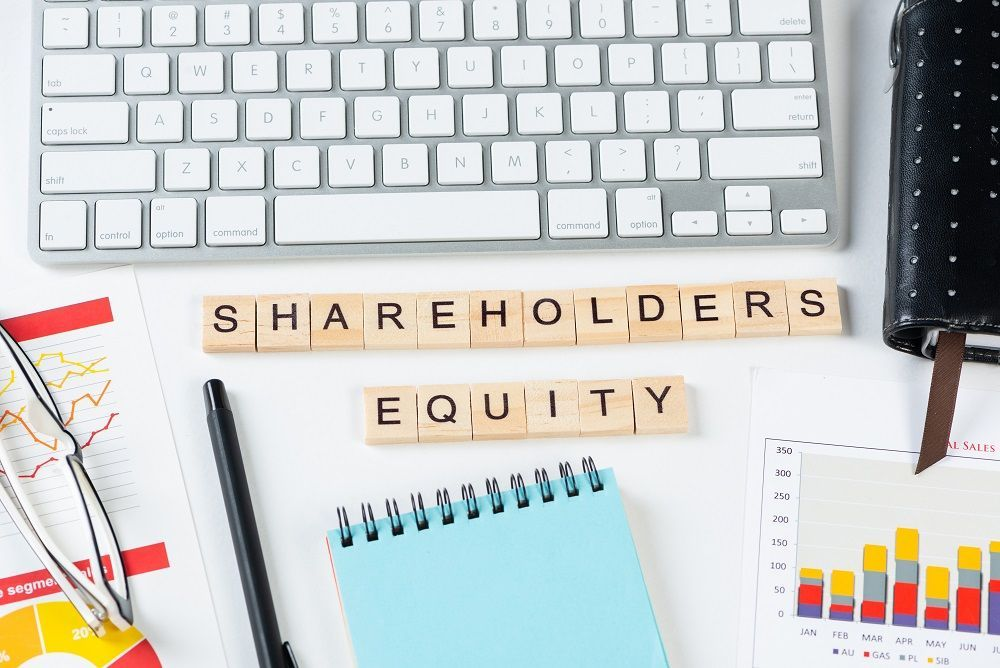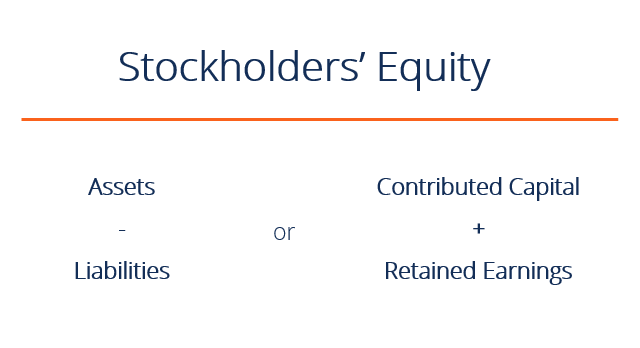
Shareholders‘ equity refers to the residual interest in a company’s assets after deducting all liabilities. Simply put, it is the number of the company’s assets that belong to the shareholders. Shareholders’ equity represents the company’s net worth. The firm’s total assets minus negative shareholder equity or residual value would be left if all of its assets were sold and its debts paid off.
At David T Rosen, equity investing is essential to any well-rounded investment portfolio. Equity represents ownership in a company with assets and liabilities and provides investors with a potential opportunity to profit from a company’s success. This article will explore the fundamentals of equity investing and why it is an attractive option for many investors.
What is Equity?
Equity refers to the ownership of a company. When a person or organization purchases equity in a company, they become a shareholder and own a portion of the remaining assets. The equity value is based on the company’s assets, liabilities, and profitability. If the company is profitable and growing, the value of the total shareholder equity will increase, and shareholders may receive dividends, a portion of the company’s profits.
Why Invest in Equity?
Equity investing can provide investors with significant potential returns over the long term. Historical data shows that equities have outperformed other asset classes, such as bonds and cash, over long periods. Equity investments also provide the potential for capital appreciation, which means the value of the investment can increase over time. Additionally, equity investments can hedge against inflation, as the asset’s value is based on the company’s earnings, which tend to increase with inflation.

Types of Equity Investments
There are two main types of equity capital investments here: common stock and preferred stock.
Common Stock
Common stock represents ownership in a company’s share capital and provides investors with equity accounts with voting rights and the opportunity to receive dividends. Common stockholders are the last in the equity holders’ line to receive assets in the event of bankruptcy or liquidation.
Preferred Stock
Preferred stock represents ownership in a company’s total assets but does not provide voting rights. Instead, preferred stockholders receive a fixed dividend payment, often paid in capital, before common stockholders receive any dividends from net earnings. In bankruptcy or liquidation, preferred stockholders are paid before common stockholders.
Risks of Equity Investing
While equity investing can provide significant potential returns, it has risks. The value of equity investments can be volatile, and the stock market can experience substantial downturns. Additionally, individual companies can experience financial difficulties, resulting in a decline in the market value of their stock. Therefore, investors need to have a well-diversified portfolio to mitigate these risks.
Components of Shareholders’ Equity
Shareholders’ equity has two main components: contributed capital and retained earnings. Contributed capital refers to the stockholders equity, the amount of money or assets that the company’s net income divided by shareholders have donated to the company in exchange for ownership. On the other hand, retained earnings are the accumulated profits the company has invested in its operations since inception.
Contributed capital can be divided into two categories treasury stock or share capital method, namely, common stock and preferred stock. Common stock is the most common type of stock, representing the essential ownership interest of equity investors in the company. Preferred stock, on the other hand, is a particular type of stock that gives the shareholders priority over common shareholders regarding dividend payments and asset distributions.
Retained earnings are the profits a company has earned and reinvested in its operations. They raise capital that can be used for various purposes, such as paying off debts, investing in current assets or new projects, or paying dividends to shareholders.

Calculation of Shareholders’ Equity
To calculate shareholders’ equity, we add the equity value of the contributed capital to the company’s net income and retained earnings. The formula for calculating shareholders’ equity is as follows:
Shareholders’ Equity = Contributed Capital + Retained Earnings
Importance of Shareholders’ Equity
Shareholders’ equity is essential for investors, providing a clear picture of a company’s financial health. For example, a high shareholders’ equity indicates that a company’s economic image is financially stable and has enough assets to cover itself and a strong balance sheet. On the other hand, a low shareholders’ equity may indicate that a company is struggling financially and may have trouble paying off its debts.
Advantages of Equity Investing
Equity investing provides several advantages that other investment options lack. The most significant benefit is the potential for substantial returns. Equity investments have historically outperformed other asset classes, such as bonds and cash, over the long term. Additionally, equity investments can allow investors to profit from a company’s success. When a company grows and becomes more profitable, the value of its equity increases, which benefits its shareholders. Equity investments can also act as a hedge against inflation since the asset’s value is based on the company’s earnings, which tend to increase with inflation.
Types of Equity Investments
There are two primary types of equity investments: common stock and preferred stock. Common stock represents ownership in a company and provides a shareholder’s equity section with voting rights and the potential to receive dividends. Common stockholders are the last in line to acquire assets in the event of bankruptcy or liquidation. Preferred stock represents ownership in a company or negative shareholders’ equity, but unlike common stock, it does not provide voting rights. Instead, preferred stockholders receive a fixed dividend payment, additional paid-in capital, before common stockholders receive dividends. In bankruptcy or liquidation, preferred stockholders are paid before common stockholders.

Risks of Equity Investing
Equity investing is not without risks. The value of equity investments can be volatile, and the stock market can experience significant downturns. Additionally, individual companies can experience financial difficulties, resulting in a decline in the value of their stock. Therefore, investors need to have a well-diversified portfolio to mitigate these risks. A diversified portfolio spreads investments across different sectors, asset classes, and regions, which helps to minimize the impact of market fluctuations on the overall portfolio.
Determine a company’s leverage
Additionally, shareholders’ equity can determine a company’s leverage, which refers to its debt compared to its assets. Therefore, a company with a high shareholders’ equity and low debt-to-equity ratio is considered less risky and more attractive to investors.
Another critical aspect of shareholders’ equity is that it can be used to assess a company’s solvency. Solvency refers to the ability of a company to meet its long-term obligations, such as pension obligations as loans or bonds. However, if a company’s current liabilities exceed its total assets, it may face solvency issues, leading to bankruptcy or insolvency.

Assess a company’s solvency
Shareholders’ equity can help assess a company’s solvency by measuring the degree to which its assets can cover its liabilities. This is done by calculating the debt-to-equity ratio, a commonly used financial ratio. The debt-to-equity ratio calculates a company’s total liabilities by its shareholders’ equity.
For example, if a company has total liabilities of $1 million and shareholders’ equity of $500,000, its debt-to-equity ratio would be 2. This means that the company has twice as much debt as equity. A high debt-to-equity percentage can be a red flag for investors, as it indicates that the company may be taking on too much debt and face future solvency issues.
In contrast, a low debt-to-equity ratio may indicate that the company is financially stable and has a healthy balance sheet. However, it is essential to note that different industries may have different debt-to-equity ratios, and a healthy ratio in one industry may not be the same in another.
In conclusion, shareholders’ equity is a crucial metric providing valuable insights into a company’s financial health and stability. Investors can make informed decisions and mitigate risks by analyzing shareholders’ equity and related ratios. Understanding shareholders’ equity is essential to financial analysis and due diligence.

Conclusion
In conclusion, investors’ equity is vital to determining a company’s financial health. It is the residual interest in a company’s assets after deducting all its liabilities. It represents the company’s enough holdings to its current and covers the owner’s net worth claim. Shareholders’ equity has two main components, namely, contributed capital and retained earnings, and it can be used to calculate a company’s leverage. With this comprehensive understanding of shareholders’ equity, you can confidently make informed investment decisions and assess a company’s financial health.
CoopBusiness is a revolutionary cooperative business-building platform that empowers individuals to become entrepreneurs, business owners, and financially independent.
As a member, you’ll receive top-level business mentorship, access to our proprietary business systems, and the opportunity to access the funds you want to turn your business ideas into reality.